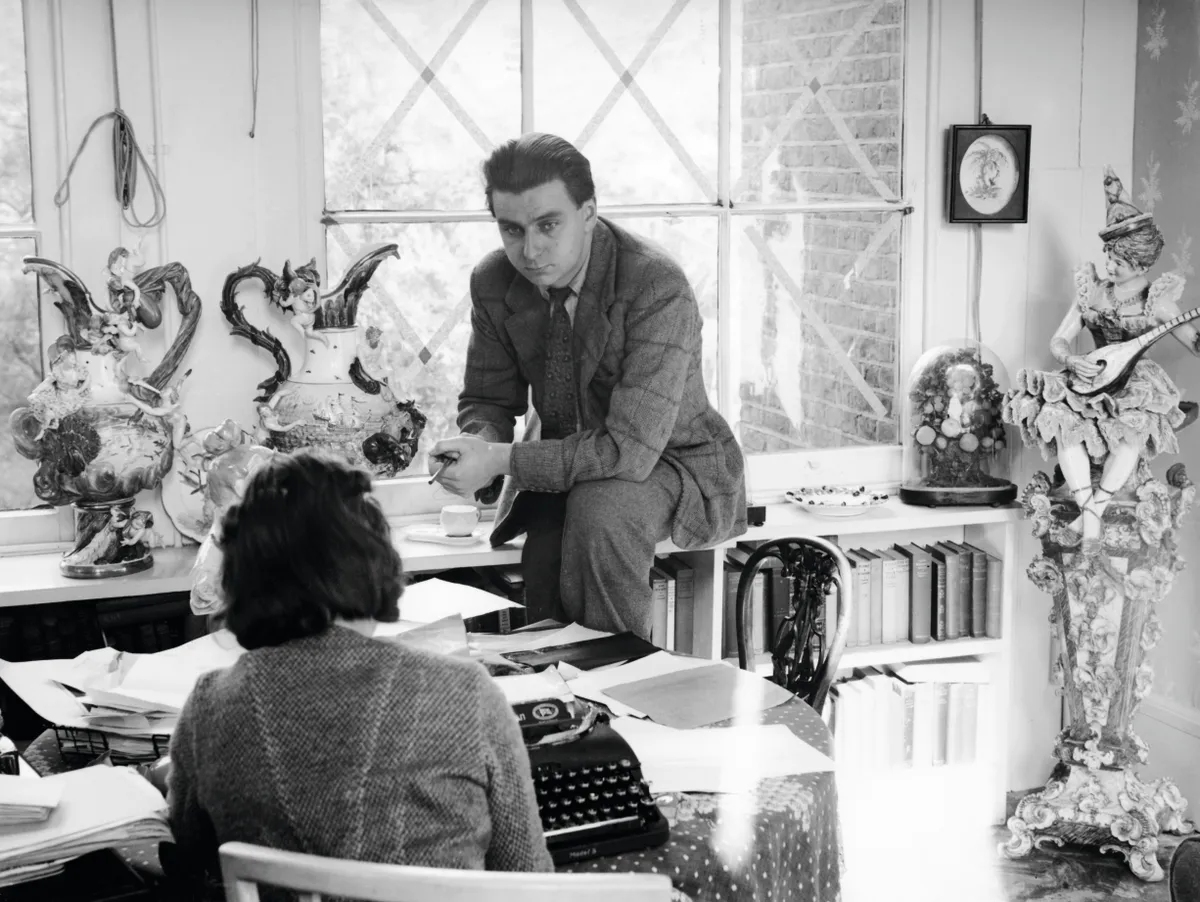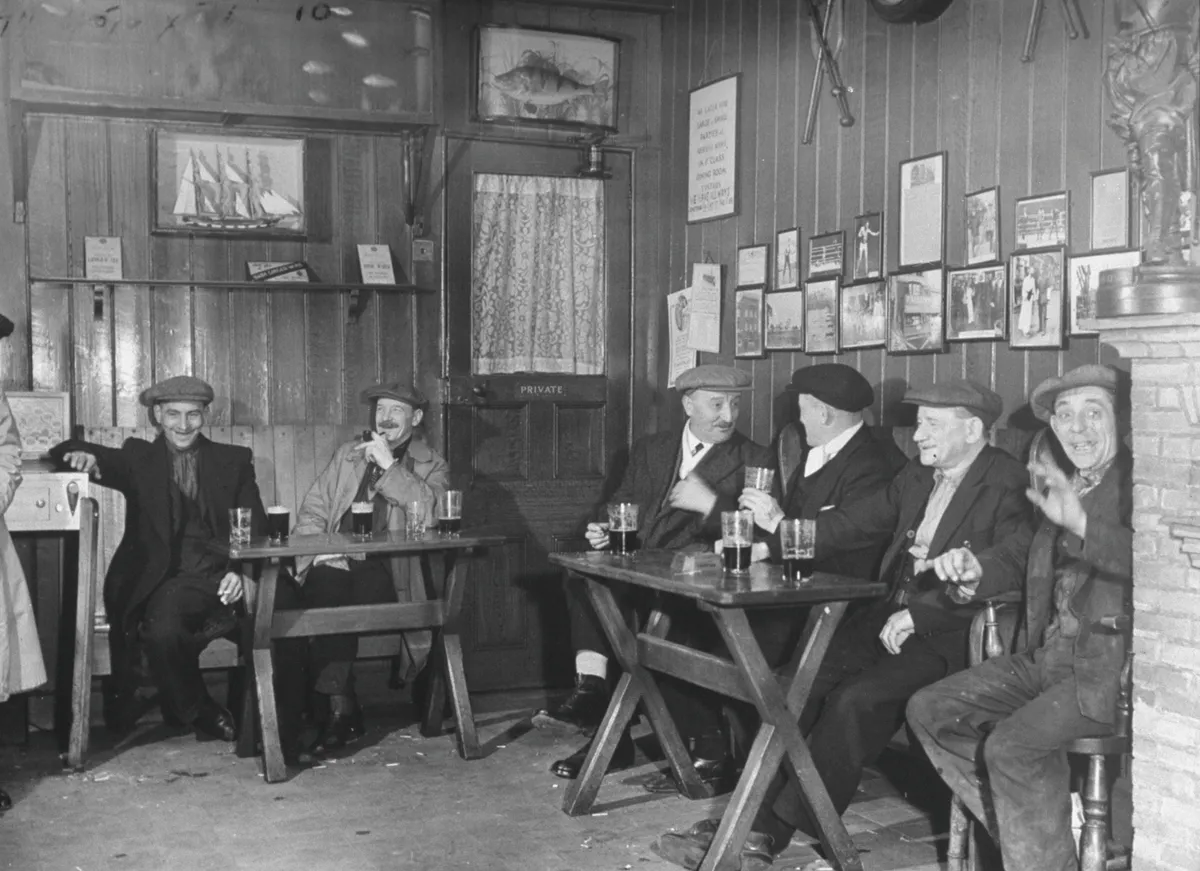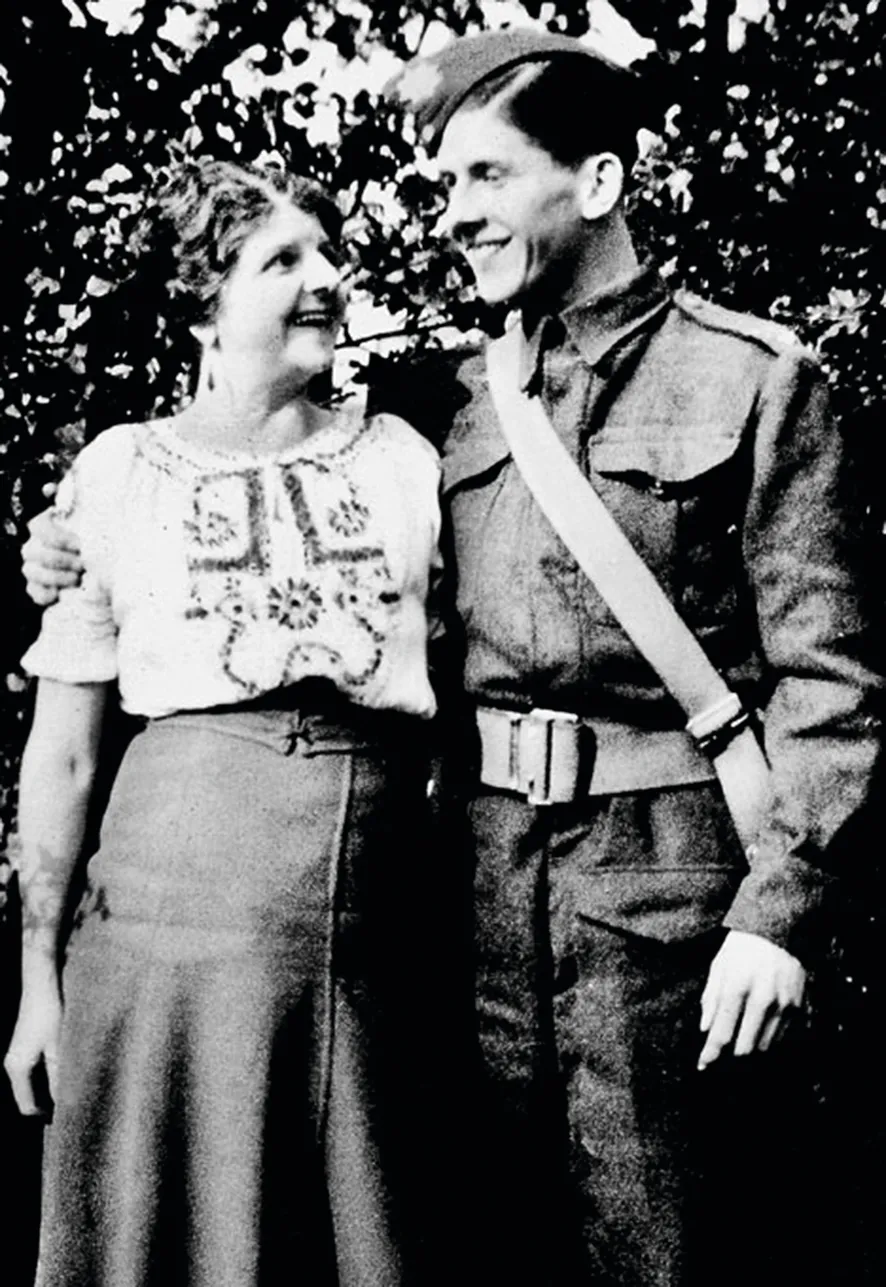For a decade before, during and after the Second World War, an extraordinary organisation recorded the lives of ordinary people, the minutiae of everyday life and often the feelings of members.
Mass Observation was established in 1937 by anthropologist Tom Harrisson, film-maker Humphrey Jennings and journalist Charles Madge.
Harrisson argued that more was known about the people of the New Hebrides (now known as Vanuatu), where he had lived for three years, than industrial workers of Lancashire. He later wrote that: “While anthropologists... go all over the world studying so-called primitive peoples, no one is making comparable studies of ourselves. I was determined to return to study the cannibals of Britain. So I headed up here to the less savage, but to me equally exotic Bolton.”
The project was also a successor to a Victorian tradition that investigated the social conditions of the poor in London and other cities. It led to a number of bestselling books exposing, often in graphic detail, the lives of slum dwellers, such as In Darkest England and the Way Out by William Booth, founder of the Salvation Army, and The People of the Abyss by Jack London, author of The Call of the Wild.
Mass Observation sought to record the mundane and the ordinary. Charles Madge, looking back in 1961, was thankful that “some sort of a net had been spread to catch that fleeting, glinting apparition, the essence of the time”. And one of the volunteer observers, Christopher Tomlin, was attracted to the organisation because “it wants to know and inform, tell all classes about the emotions, acts, thoughts and struggles of the ordinary or ‘average’ man and woman. Too many articles and books have been written on high-flown subjects but none about the prosaic things of everyday life.”

The immediate spur for the formation of Mass Observation was the abdication of Edward VIII in December 1936. The newspapers were universally hostile to the king’s decision, yet the vast majority of the British people supported him. Tom Harrisson and Charles Madge wanted to make sure that their opinions were heard.
The Mass Observation project began in early 1937 in Bolton, Lancashire – known as ‘Worktown’ to Mass Observation. Bolton was chosen in part as it was thought to be fairly typical of an industrial area, but also because Harrisson knew several industrialists in the area who were sympathetic to the project.
To begin, Harrisson rented a small house in Davenport Street. For nearly three years it housed a variety of men and women who observed, often in great detail, the lives and activities of local people. Some of these volunteers were from the area but most were students or intellectuals from London. The observers were sent out on specific tasks to note down everything they observed.
Harrisson was a great visionary, but not a great organiser. Many projects were never completed and money was always tight. Only one book resulting from their work in Bolton was ever published – The Pub and the People – and this only in 1943. In Worktown, the book explains “the pub has more buildings, holds more people, takes more of their time and money, than church, cinema, dance-hall, and political organisations put together”.

The statistics are thorough and often meaningless. In the course of a single Thursday night, pub-goers drink, on average, 3.16 pints of beer; on a Saturday, the average goes up to 3.45 pints. However, among the statistics there are graphic vignettes of the drinkers and their lives. A woman drinker memorably praises snuff: “Eeee, it’s lovely, makes your navel perk like a whelk!”
And in the lounge of the Dog and Partridge on 27 May 1937, one observer found a group of market traders: “Large tough guy with masses of hair held down by a hairnet sits at a table with a group of four (one woman)... Hairnet suddenly takes a small live tortoise out of his overcoat pocket and threatens woman with it. She screams a little. ‘What do you feed it on?’ someone asks. ‘Milk’. ‘How much?’ A quiet thin man in bowler sitting in another group leans forward and says quickly ‘quart and a half’. Hairnet says ‘I gave it a saucer full on Sunday’…”
At the same time, Mass Observation began to recruit volunteers from all over Britain for particular projects. The first was to record what they did on 12 May 1937, the day of the coronation of King George VI, Edward VIII’s brother.
The Second World War is now regarded as being the most important period in the organisation’s history, although it was not thought so at the time. In the early years of the war, Mass Observation undertook various projects for the Ministry of Information, but increasingly its work was taken over by another project, the Wartime Social Survey.
At the beginning of the war, appeals were put in newspapers asking people to keep a diary of their lives. Some 500 people responded and began to write about their experiences, hopes and fears. They were not typical of the population as a whole, largely living in the South-east, and often clerical workers, teachers, students, journalists and librarians. One of the most unusual, and most notable, participants, was Nella Last, a housewife from Barrow-in-Furness, who began her dairy in 1939 and continued it until her death in 1968. Her diaries were subsequently published and dramatised in the 2006 TV programme Housewife, 49.

Most diarists, however, eventually fell by the wayside: keeping a detailed daily diary was rather more onerous than they had expected. The diaries rarely describe the horrors of war. Most of the diarists were writing in areas that weren’t affected by the Blitz. Nella Last felt guilty that: “It’s really astounding how little I do think of the war. I am often amazed at my ‘limited vision’ and I wonder whether others have it, too.”
Yet in the dark days of 1940 the determination not to surrender is made clear in the diaries. Doris Melling, a 22-year-old typist from Liverpool, reported a conversation in her office after the French surrender on 24 June 1940: “The whole thing has proved that no one can be trusted – we have been let down everywhere. One woman this morning: ‘Well at least we know where we are now. We are not helping anyone but ourselves’.”
For most diarists their wartime experiences were a mixture of the familiar and the strange, as well as coping with the curbs and difficulties placed upon them by the state in the titanic struggle with the Nazis. Some clearly enjoyed the war and the new freedoms offered. However, many diarists, particularly the young women, were ambivalent when the war ended. The certainties and opportunities of war were replaced by a new and frightening uncertainty. Nella Last wrote on 10 May 1945: “I read the letter from Regional [Women’s Voluntary Service] and thought, ‘Umph, we’ll soon all be out of a job’ – it was not with any sense of exultation. It’s been a long and often trying road, but I found comradeship and I bought peace of mind when otherwise I’d have broken. The knowledge that I was ‘keeping things running in the right direction’ in however small degree steadied me.”
Other observers sent in detailed reports on all aspects of the war, which even today have hardly been touched by historians. One observer in Bolton recorded the tedium of life for soldiers on 29 July 1940: “Men being marched out to drill in local park. The man at the head of the obe [sic] section carries a Bren gun. All others have their rifles. Waterproof capes on shoulders. Sergeant in charge of one lot goes red in the face with shouting ‘left, right’ and blows out his cheeks, thumps his chest and gives up. The last lot to come out; two men at the back carrying large box (gun). One man is small, civilian gasmask, drops his cape. One of the two sergeants walking behind picks it up, walks with it some way, and then catches up man and gives it to him. All the men look tired, fed up and dull.”
After the war, Mass Observation’s founders moved onto other things, and the project was slowly wound up. Fortunately, the archives were kept safe and were eventually deposited with the University of Sussex. The project was relaunched in 1981. To this day, you can still take part in Mass Observation Day on 12 May every year, keeping a diary of what you do for future generations.